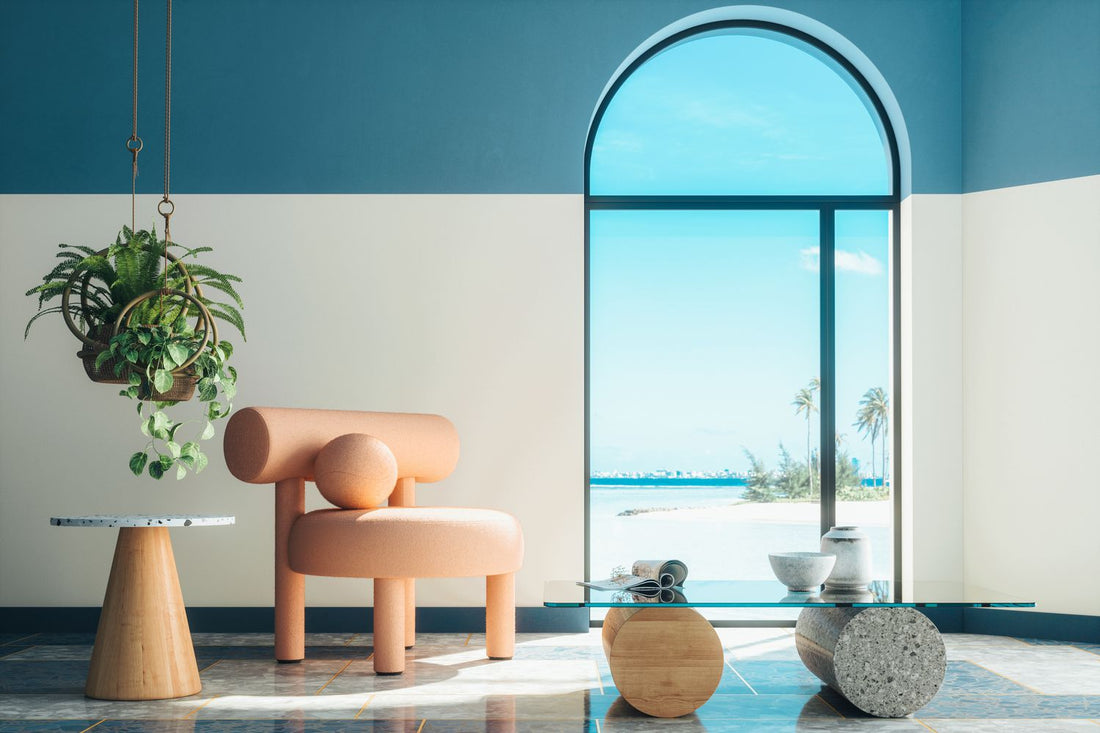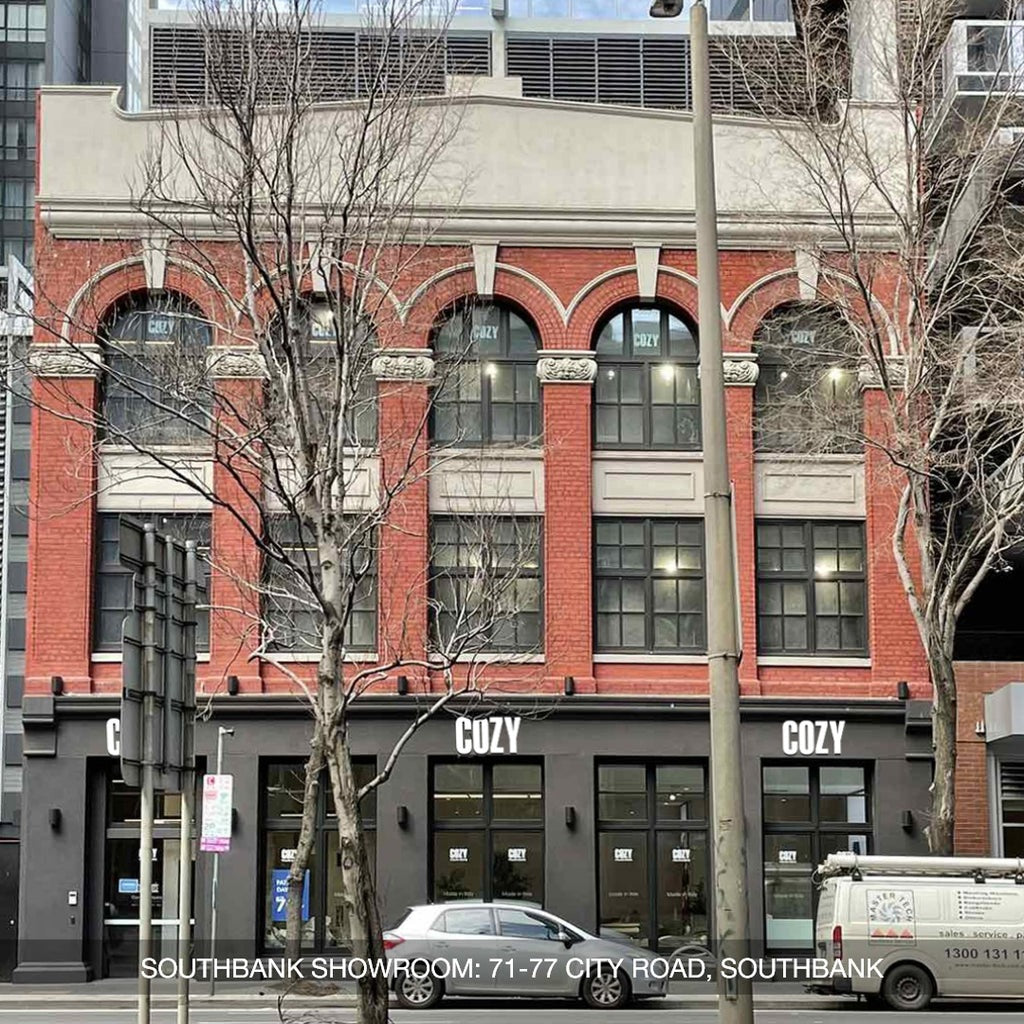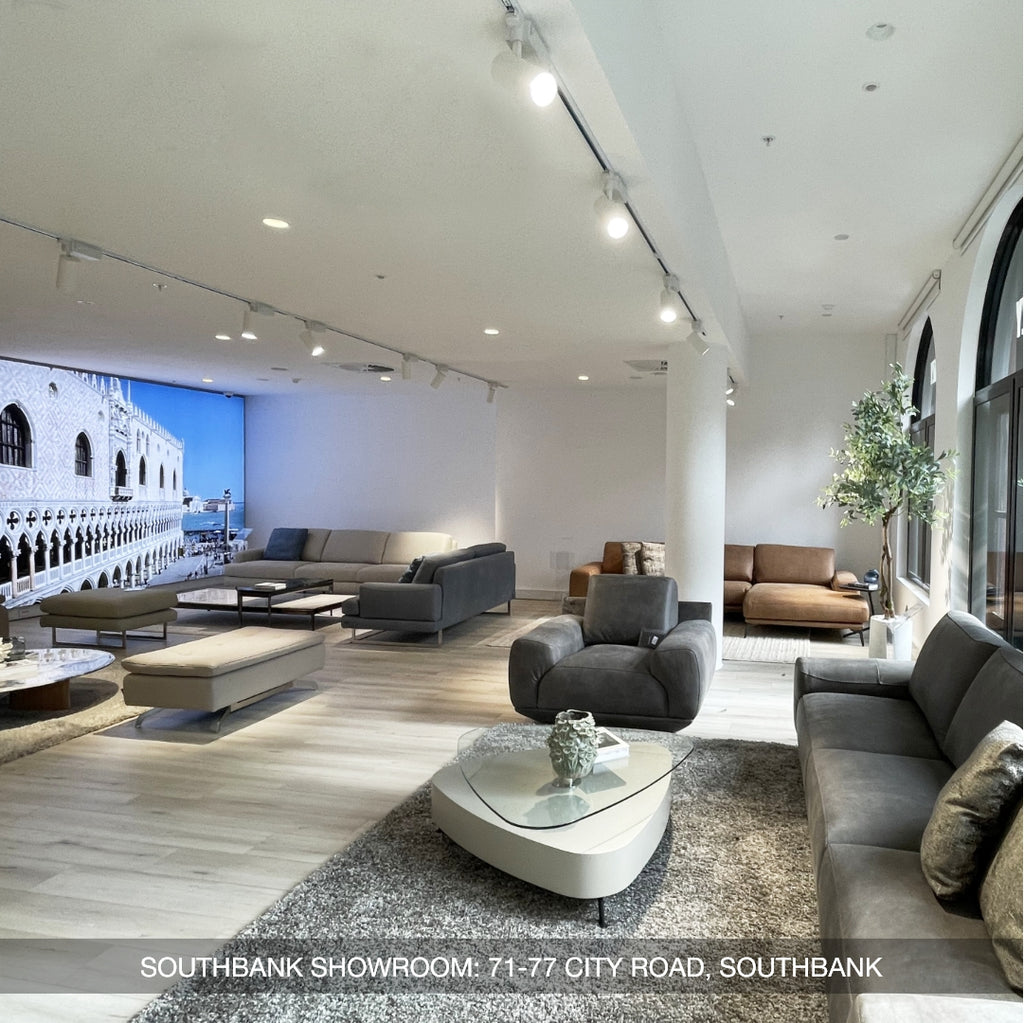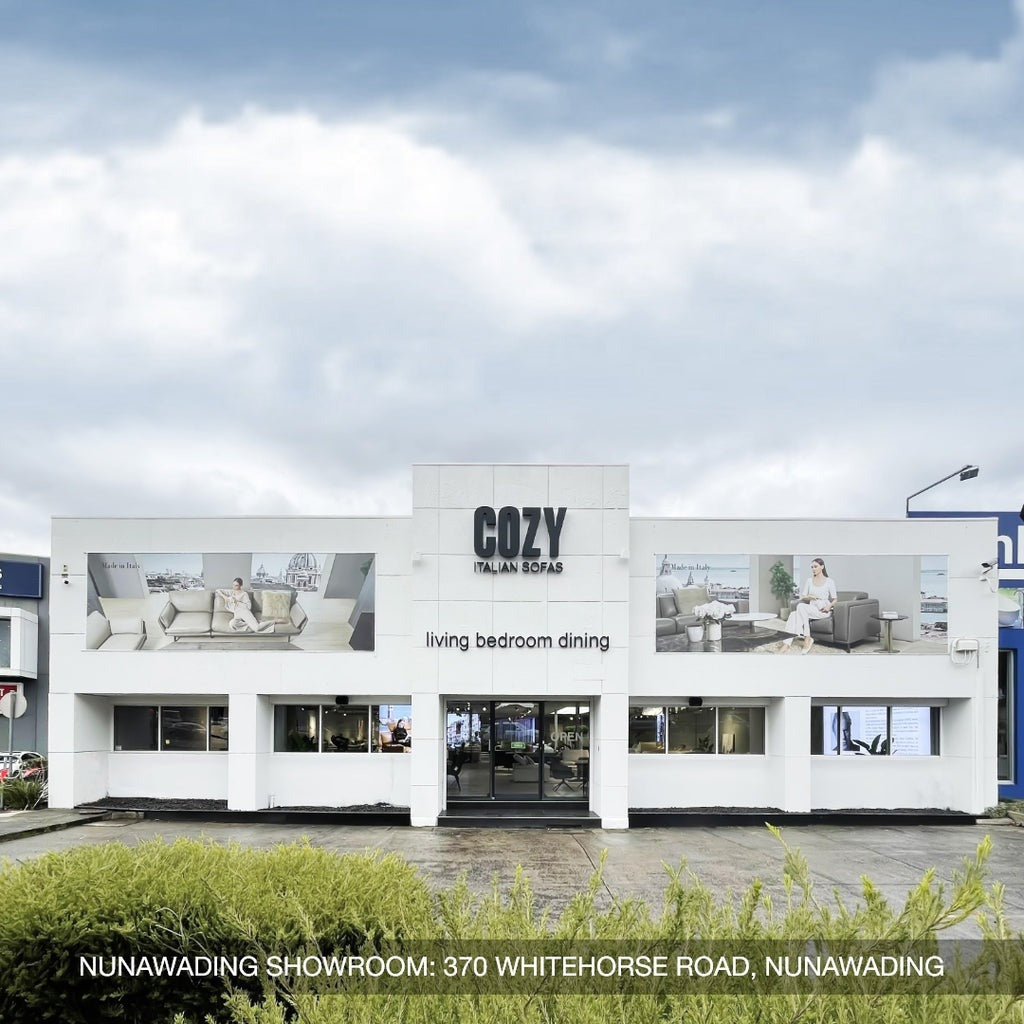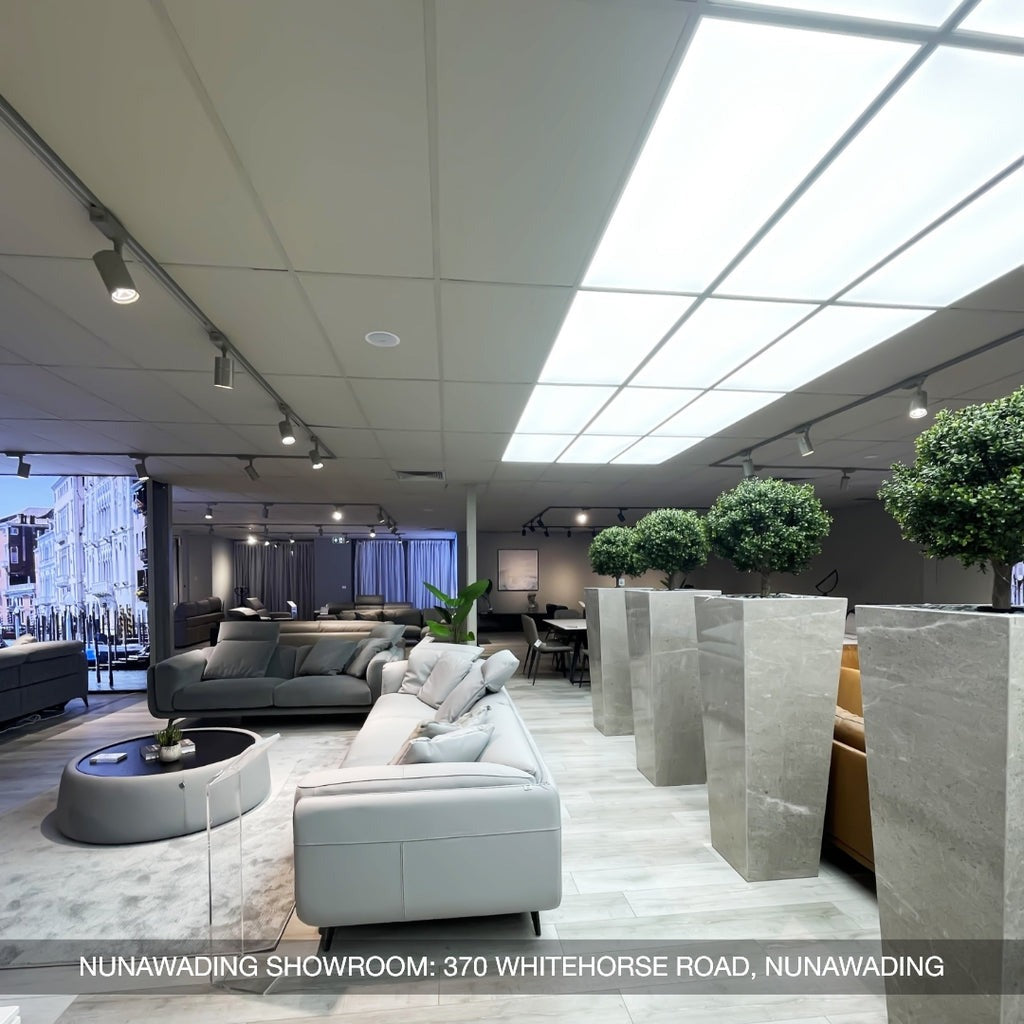Let's explore the latest trends shaping contemporary living spaces. In a world where aesthetics and functionality intertwine, staying abreast of current interior design trends is paramount. As we delve into the interior design trends 2024, we uncover a diverse array of styles and concepts that reflect the evolving tastes and preferences of homeowners and designers alike. From innovative technology integrations to sustainable design principles, the most popular interior design trends of today offer a glimpse into the future of home decor and lifestyle aesthetics.
Interior Design Trends Evolve With Each Passing Year
2012 Interior Design: Exploring Elegance
2012 Interior Design: Exploring Elegance
In the ever-evolving world of interior design, 2012 stood out as a year of sophisticated breakthroughs that captivated knowledgeable designers. The array of classy interior décor items seemed endless, featuring preppy motifs, rustic pottery, knitted cushion covers, textural textiles, wall paintings, and earthy carpets. DIY lighting fixtures took center stage, introducing affordable and homey lighting solutions, with "bare" lighting emerging as a highly popular trend.

Industrial fixtures with exposed bulbs became a unique way to infuse an urban feel into rustic spaces. Amidst home décor trends, the timeless allure of neutral colors, clean lines, and smooth surfaces remained prevalent. The concept of "living walls" or "vertical gardens" gained substantial traction in 2012, evolving into a rapidly expanding global trend in interior design. The integration of nature into living spaces became a key focus, providing a fresh and vibrant approach to decor.
2013 Interior Design: Captivating Highlights
In 2013, interior design took a bold turn, emphasizing jaw-dropping highlights while eliminating extraneous noise. Hallways became showcases for larger design components, balancing color and texture within a room. Artwork embraced grandeur, with single enormous pieces dominating main walls. Mirrors, a timeless design element, witnessed immense popularity, offering endless options to enhance interiors. From asymmetrical styles to huge and ornately framed mirrors, these reflective pieces added a touch of elegance, visually expanding and beautifying spaces.
Interior Design Trends 2014: Embracing Geometric Patterns
Geometric patterns took center stage in 2014, offering a contemporary and visually engaging trend. The subtle use of these patterns, especially when combined with floral designs, created a fascinating combination in home upholstery. Floral accents, incorporated into soft furnishings like throws, carpets, pillows, cushions, and curtains, softened sharp angles and contributed to a lovely atmosphere. The strategic pairing of floral and geometric designs, particularly on accessories like pillows and linens, showcased the creative fusion of two distinct design elements, adding depth and character to living spaces.

2015: Embracing Eco-Friendly Elements
The year 2015 witnessed a passionate embrace of environmentally friendly design, with a strong focus on recycling, reusing, and incorporating natural materials. Interior decorating saw a surge in the use of natural fibers for upholstery, repurposed metals, eco-friendly wood, and handcrafted decorative items. A notable trend involved recycling ideas and transforming unwanted materials into works of art, contributing to a warm, organic, and lived-in aesthetic. This environmentally conscious approach not only resonated with sustainable living but also infused spaces with distinctive, eccentric design elements.
2016 Interiors: Experimenting With Colors
The interior design trends of 2016 showcased a vibrant and playful exploration of colors. Various color schemes, including shades of pink, red, and peach, dominated the design landscape, encouraging designers to embrace bold hues that signified emerging trends. The infusion of "pink" into décor allowed for versatile applications in different parts of the house. Additionally, shades of green, such as oil, navy, and deep blue, were strategically employed to distinguish accessories and objects, bringing serenity and coolness into living spaces. This colorful trend of 2016 reflected a dynamic and expressive approach to interior design, making a statement through the artful play of shades and tones.
2017 Interior Design: Resilient As Steel
In the landscape of interior design, the year 2017 heralded a significant revolution, particularly with the ascendance of shiny stainless steel. In a departure from the conventional white or brushed metal, black stainless steel emerged as the vogue of the moment, boasting a posh and elegant appearance. The versatility of stainless steel, a material that has stood the test of time, was highlighted, offering options for fine polishing, customization, and component fusing. Whether brushed for a gentle satin finish or polished for a reflective gloss, stainless steel found myriad applications in interior design projects, showcasing its flexibility and enduring appeal.

Interior Trends 2018: Welcoming Spring Summer Vibes
The interior design trends of 2018 embraced a vibrant and lively aesthetic, reminiscent of a spring-summer palette. Ice-cream pastels, sparkly golds, indigo blues, and zingy color pops adorned cushions, wall hangings, throws, carpets, and accessories. The trend celebrated a homemade quality, with tactile cushions on sofas, plush throws with tassels on beds, and wall hangings breathing life into plain walls. This fusion of colors and textures created a delightful atmosphere, transforming spaces into inviting havens of comfort and style.
2019 Interior Design: Velvet Dominates
In 2019, a luxurious and cozy material took center stage in interior design - velvet. Upholstering sofas and armchairs became one of the most popular ways to incorporate velvet into home design, infusing spaces with opulence and tactile richness. The trend harkened back to ancient times, with the Chinese and Italians in the 15th century using velvet for clothing. The fabric's natural ability to hold vibrant colors made it a sought-after choice, especially when balanced with delicate wooden accents in the room.
2020: Modern Interiors, A Manifestation Of Attitude
The year 2020 marked a distinct shift toward modern interior design, characterized by uncomplicated color schemes, a homely atmosphere, and clean individual features. Glass and steel took precedence, replacing dated historical siding, while the primary color scheme oscillated between black and white, with faded tones of red, blue, and other primary colors. This architectural aesthetic, rooted in German and Scandinavian design, prioritized functionality over form, representing a departure from traditional design norms.

Interior Design 2021: Prioritizing Comfort
In response to lifestyle changes, the interior design trends of 2021 embraced features that foster sensitivity, calmness, optimism, and playfulness. The focus shifted to creating environments that offered a sense of escapism from the uncertainties of the outside world. A combination of pale colors, earth tones, and warm accents became the key, with components like olive or pine wood, clay, raffia, and linen dominating. Mosaic tiles and artisan clay tiles, in colorful patterns, found their place on floors and walls, enhancing the overall sense of comfort and serenity.
2022 Interior Design Trends: Return To Normalcy
As life began to return to a semblance of normalcy, interior design trends in 2022 reflected a desire to spend less time at home. The cozy vibes that resonated in 2020 and 2021 persisted, with subtle hints of burnt orange, moss green, and warm neutrals injecting a retro flair into modern homes. Local flea markets and boutique stores became treasure troves for splashes of color and pattern, or a simple refurbishment of an old couch became an ode to nostalgia.
Interior Design 2023: Chic And Sophisticated
The year 2023 ushered in a passion for creating natural and healthy spaces, embodying a growing trend in contemporary interior design. Embracing stylish and sophisticated designs, the home décor trends of 2023 explored unknown territories, bringing bright, statement-making individualism to the forefront. This year promises to be thrilling, with designs that reflect a fusion of modern aesthetics and a commitment to well-being.

Current Interior Design Trends
Trend 1: Quiet Luxury
Trend 1: Quiet Luxury
At the forefront of current interior design trends, the concept of "quiet luxury" persists as a timeless tenet. Drawing inspiration from the principles of assembling a refined wardrobe, there's an enduring emphasis on classic, investment pieces within design that serve as foundational elements for room composition. These timeless pieces, characterized by classic shapes and silhouettes, possess the versatility to evolve through reupholstery, offering longevity and adaptability. The influence of this trend, sparked by the sophistication portrayed in the TV show Succession, echoes a shift towards luxurious yet understated elements, such as soft, textured fabrics, warm rich woods, and subtler patterns for large furniture, reflecting a departure from flashy luxury.

Trend 2: Mono-Rooms
Mono-rooms, characterized by tone-on-tone decor, emerge as a captivating trend in interior design. The elevation and fun lie in layering a single hue within a space, allowing texture, silhouette, and material to take center stage. The notion of "all in ones," referring to rooms with a consistent textile pattern, provides a canvas where furniture can shine. Whether the architecture is simple or complex, this approach fosters a harmonious unity within the space.
Trend 3: Fashion Colors as Home Colors
A convergence between fashion and interior design color trends is apparent as brown takes center stage, transitioning from a prominent role in fashion to making a mark in interiors. From lacquered walls to velvet drapery and heavy textured linen sofas, brown is poised to dominate home decor. Similarly, the influence of red, a standout in the fashion scene of 2023, is expected to spill over into interiors, creating a vibrant and dynamic color palette.
Trend 4: Vintage Lighting
The revival of vintage lighting brings a touch of history and patina to contemporary living spaces. A key element in this trend is the ability of the right vintage lighting piece to bring a room together, infusing it with a collected and curated feel. Notably, the resurgence of ’50s-era Italian and French floor lamps and pendants on platforms like 1stDibs adds a touch of timeless elegance.

Trend 5: China Pantries
A contemporary take on the traditional 'butler pantry' is emerging as clients seek spaces for displaying and storing flatware and china. These modern interpretations carry a retail display quality, offering a blend of functionality and aesthetic appeal.
Trend 6: Glass Bricks
A surprising comeback is observed in the form of glass bricks, reminiscent of their use in the '80s and '90s primarily for showers or bathrooms. In the current interior design landscape, these glass bricks are reimagined as innovative materials for floors, tables, and tiles, showcasing a bold and creative use of this nostalgic element.

Trend 7: Marble Accessories
A trend currently gaining momentum involves the use of stone or marble for furniture and accessories. Whether it's a chic marble coaster or an entire coffee table like the Sur Coffee Table, the exploration of materials beyond the expected adds a distinctive personality to home decor.
Trend 8: Dark Wood-Paneled Walls
A revival of dark wood-paneled walls emerges as a trend, infusing spaces with warmth and coziness. The versatility of this typology allows for an instant transition from traditional to modern aesthetics. Whether through faux bois or wood veneer wallpaper, this trend offers accessibility without compromising on the visual impact.

Trend 9: Collectibles
The art of collecting and curating meaningful items within homes is celebrated as a trend in interior design. The idea is to fill spaces with items that hold personal significance, transcending mere aesthetics. Auction rooms, now akin to design centers, are becoming a hub for unique finds with storied pasts, reflecting a surge in the appreciation of vintage, antique, and second-hand furniture.
Trend 10: Futuristic Materials
Embracing innovation, contemporary pieces and fixtures crafted from futuristic materials, such as recycled plastics and fibers grown from fungi, continue to make waves in interior design. Breaking through the noise, these materials exemplify a commitment to sustainability and offer a fresh, forward-looking perspective in the ever-evolving world of design.
Conclusion
In conclusion, navigating the dynamic tapestry of current interior design trends reveals a nuanced blend of innovation, timeless aesthetics, and cultural influences. As we explore the ever-evolving landscape, the influence of Italian modernism interior design emerges as a distinctive force, marrying sophistication with functionality. The allure of a luxury Italian designed sofa encapsulates the epitome of refined living. These trends collectively illuminate a path towards personalized and sustainable spaces, where each element is a deliberate choice, resonating with individual stories. As we embrace the intersection of tradition and contemporary flair, the journey through these up-to-date trends becomes a testament to the enduring spirit of design evolution.

